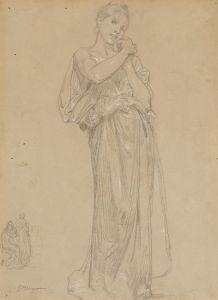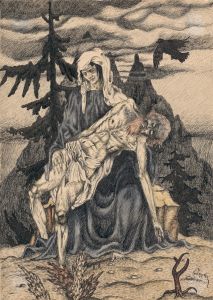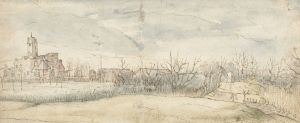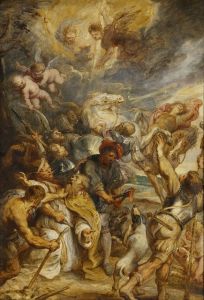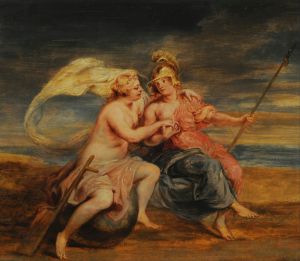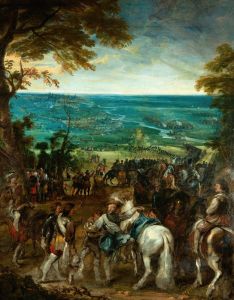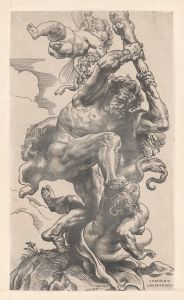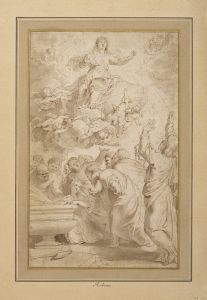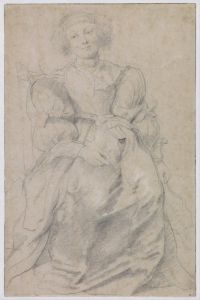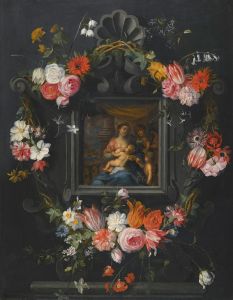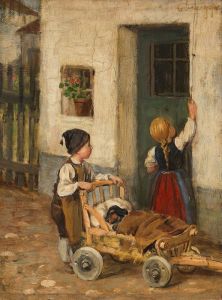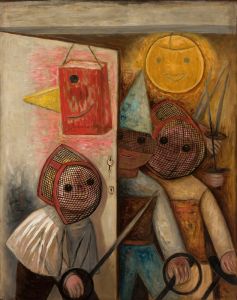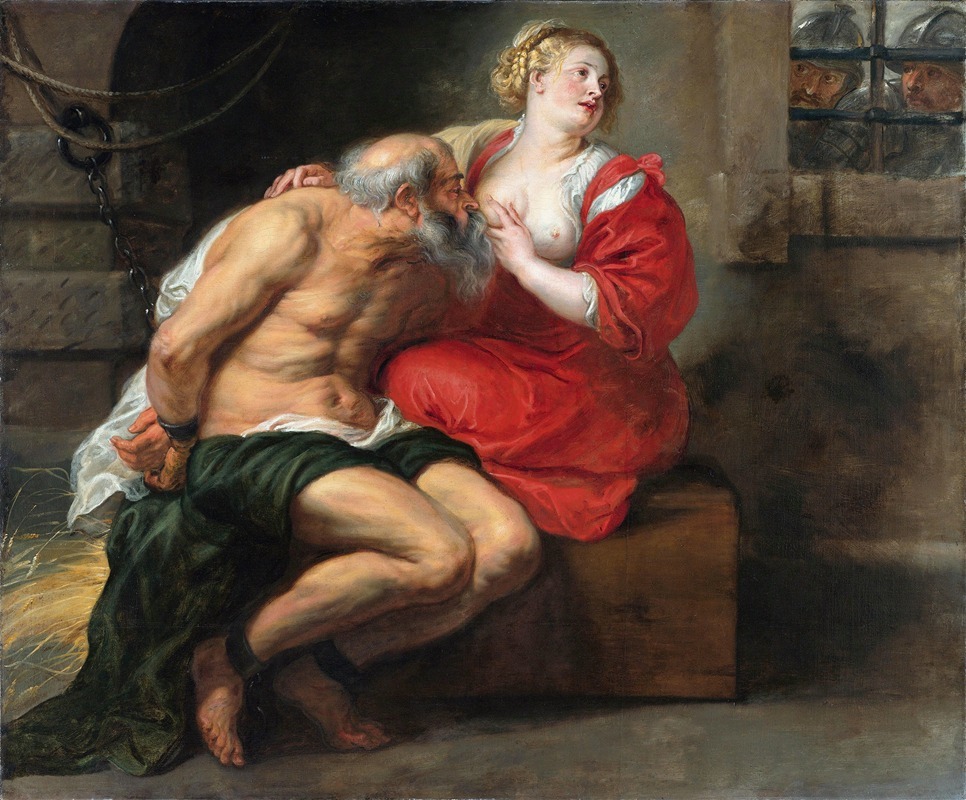
Cimon and Pero
A hand-painted replica of Peter Paul Rubens’s masterpiece Cimon and Pero, meticulously crafted by professional artists to capture the true essence of the original. Each piece is created with museum-quality canvas and rare mineral pigments, carefully painted by experienced artists with delicate brushstrokes and rich, layered colors to perfectly recreate the texture of the original artwork. Unlike machine-printed reproductions, this hand-painted version brings the painting to life, infused with the artist’s emotions and skill in every stroke. Whether for personal collection or home decoration, it instantly elevates the artistic atmosphere of any space.
Cimon and Pero is a painting by the Flemish Baroque artist Peter Paul Rubens, created around 1630. The artwork depicts the Roman tale of "Caritas Romana" (Roman Charity), a story that symbolizes selfless love and devotion. The narrative originates from ancient Roman literature, particularly from the writings of Valerius Maximus and Pliny the Elder, and has been a popular subject in Western art for centuries.
The painting illustrates the moment when Pero, a young woman, secretly breastfeeds her imprisoned father, Cimon, to save him from starvation. Cimon had been sentenced to death by starvation, but Pero's act of filial piety and compassion sustains his life. The story is often interpreted as a profound example of charity, sacrifice, and familial duty.
Rubens' interpretation of the scene is characteristic of his Baroque style, emphasizing dramatic contrasts of light and shadow, dynamic composition, and emotional intensity. The figures are rendered with Rubens' signature attention to anatomical detail and expressive gestures. Pero is depicted with a tender and compassionate expression, while Cimon appears frail and vulnerable, highlighting the emotional depth of the moment.
The painting is notable for its sensuality, a common feature in Rubens' works, as well as its moral undertones. The juxtaposition of the intimate act of breastfeeding with the broader theme of selfless love creates a powerful visual and emotional impact. Rubens' use of rich colors and textures further enhances the dramatic effect of the scene.
The exact provenance of the painting is not fully documented, but it is known to have been created during Rubens' mature period, a time when he was at the height of his artistic career. Today, the painting is housed in the Rijksmuseum in Amsterdam, where it is part of the museum's extensive collection of Baroque art. It remains a significant example of Rubens' ability to combine classical themes with the emotional and visual dynamism of the Baroque era.
Rubens' "Cimon and Pero" continues to be studied and admired for its artistic mastery and its exploration of themes that resonate across cultures and time periods. The painting serves as a testament to Rubens' skill in storytelling through art and his ability to evoke complex human emotions.





